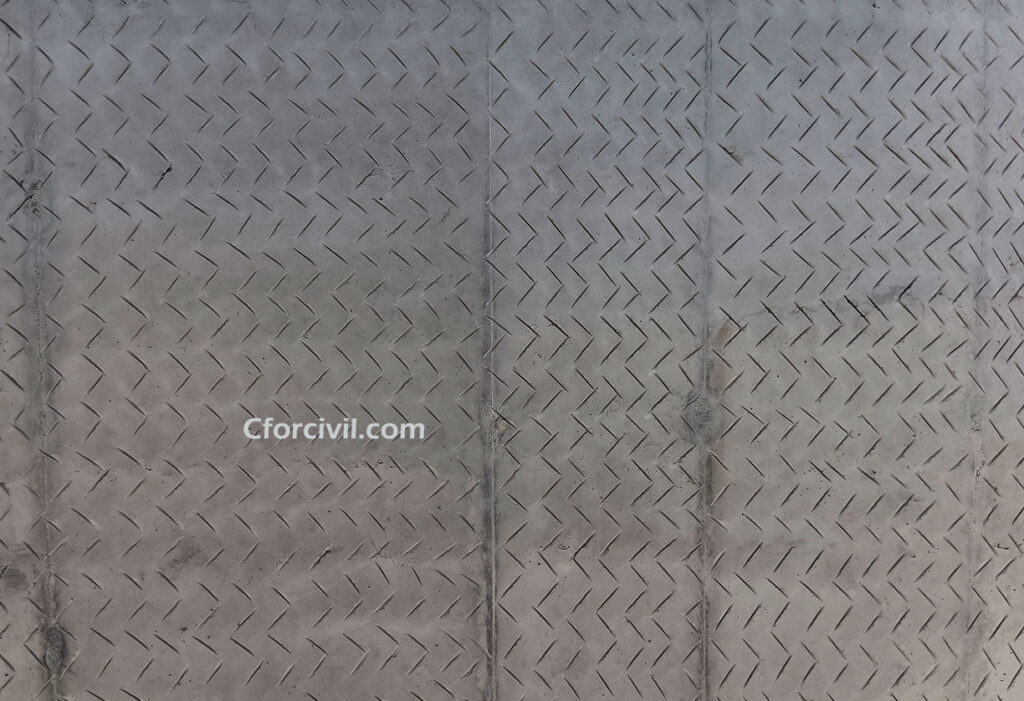
Concrete Hacking Properties discuss in this post. Concrete Hacking is a process of making smooth surface rough. It makes on surface of concrete to provide a strong bond for plastering. As the finishing surface of concrete is smooth, plaster wont sticks to it. To create a strong mechanical bonding between them, this process of hacking in concrete performs.

Concrete Hacking carries out after removing the shuttering of Reinforced Cement Concrete structures. After De-shuttering the RCC members cures properly to attain its strength. And hacking executes after two to three days from the date of casting, before it attains its harder state. This helps to hold mortar with plastering in walls, tile works.
Concrete Hacking Properties
Hacking executes manually with the help of hacking chisel and hacking hammer. It executes mechanically using grinding machines with concrete cutting blades.This performs by making a very small groves on RCC Structures.
The depth of the groves in concrete surface is two to five millimeters. The length of hacking groves in concrete surface is twenty five millimeters. And hacking performs in a same consecutive lines in a pattern. This pattern performs in a zigzag series opposite ways. This zigzag series of hacking is known as cross stitching method way of hacking in the concrete surfaces.

Hacking performs mostly in Reinforced Cement Concrete structures like, Roof Slab at the bottom of slab. And specially in the Walls and roof slabs of underground tanks, sumps for the purpose of water proofing and plastering. This creates a strong mechanical bonding between chemicals, mortar in RCC members on plastering. It sticks strongly and gives a long and durable life to concrete structures and protects them.

Leave a Reply